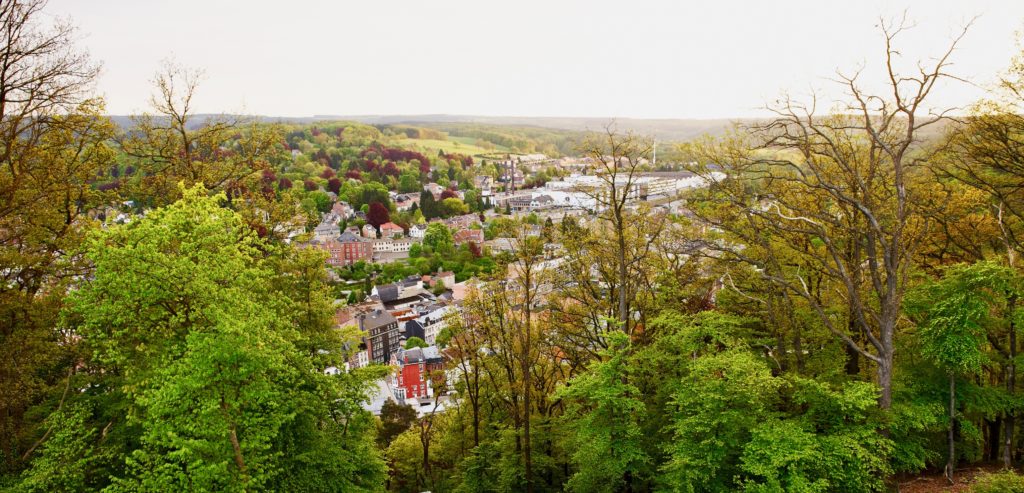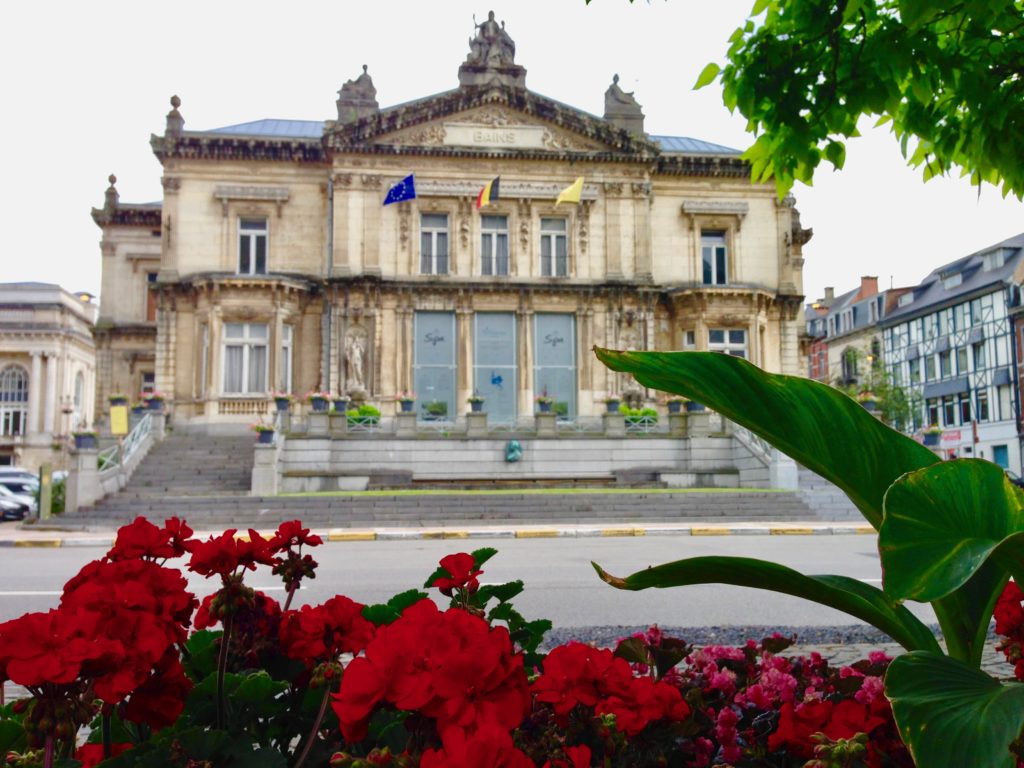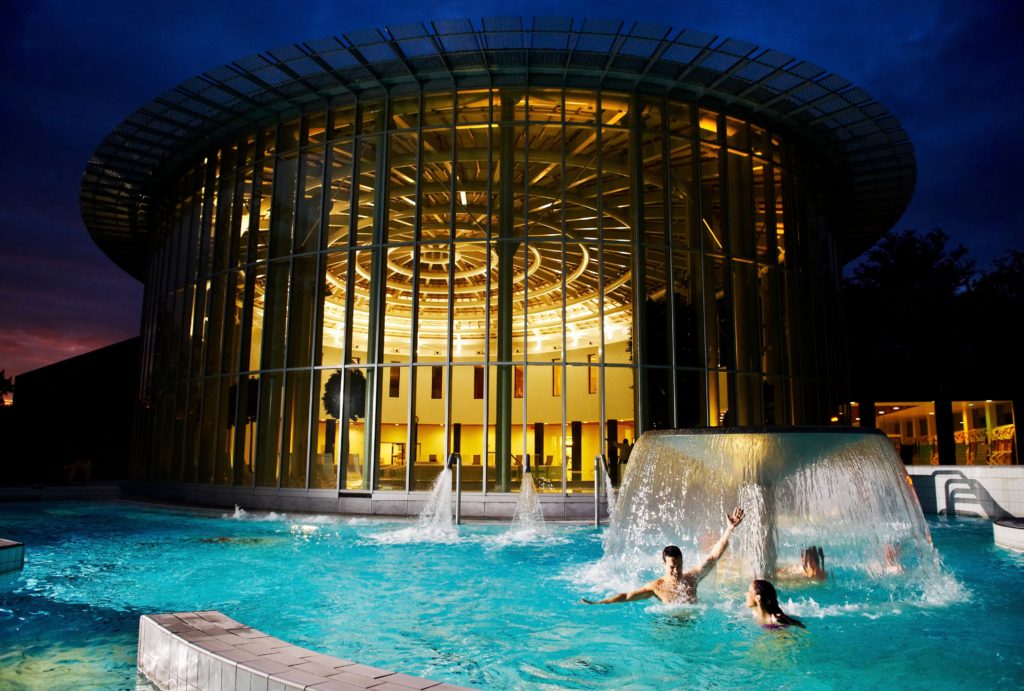The Spa of all spas is Right Here in Belgium
Stressed at work? Feeling the pressures of life? Need a little break? It just might be a good time to run to the spa and get yourself some tender, loving care even just for a day or a few hours.
Nowadays when you think of going to the spa, what you probably have in mind is getting a massage to get rid of all those nasty little aches in your back or just sweating it out in the sauna to flush out those toxins. It’s a place to relax and pamper the body so we can regain some sanity before heading back into the crazy world.
But long before the age of day spas and spa resorts, there was already a city called Spa in Belgium. And
this is the place that gave birth to the spa phenomenon all over the world.

Spa becomes a generic term for health resorts and therapeutic baths
Spa is a quaint, little enclave in the Province of Liège in the Ardennes mountains. It lies within the western arm of Belgium’s largest nature reserve known as the Hautes Fagnes or High Fens. The city is home to about sixty springs believed to be rich in minerals including iron, calcium, copper, and magnesium.
Back in the fourteenth century, Spa rose to fame after the first discovery of a thermal spring in its vicinity. Word quickly spread of the spring’s healing powers and people from different parts of Europe began flocking to the Belgian city for a drink of its legendary waters. The site eventually developed into a health resort.
Since then, the name of the city has been embraced as a term for any place that has a natural water source with therapeutic potential. And going to the spa was widely perceived as a form of therapy. People either drank or bathed in spring water to cure the body of certain ailments. This practice is called thermalism and it dates back to ancient times, but modern thermalism is said to have its origins in Spa.

In the sixteenth century, Spa became a leading exporter of mineral water in Europe and a popular stomping ground of European aristocracy. The city opened its first thermal bath center in 1868 as thermalism became more and more fashionable among the rich and the famous. More health resorts and mineral spring areas emerged in other parts of Europe and in the world, and they started calling themselves a spa.
Public access to thermal baths grew in the twentieth century when some European governments enforced a policy to include spa treatments in the health insurance benefits of workers. Social thermalism still exists in countries like France and Germany, but it was scrapped in Belgium about thirty years ago.
The modern-day spa: from therapy to luxury
Meanwhile, spa centers began shifting to a more holistic approach to health and relaxation. Aside from thermal baths, they imbibed a host of other services like facial and body care, sauna and steam baths, and exercises. The wellness movement took the world by storm and spas became highly commercialized.
Soon, even health resorts that had no access to mineral springs jumped on the bandwagon. The spa became less of a space for healing and more of a place of luxury.
And so today, your typical spa may not be one that offers thermal baths which used to be the whole point of going to the spa. Still, it makes for an easy and fast getaway. But if you want to experience spa therapy in its original sense, perhaps a trip to Spa is in order (More info).

Where to get the real thing
The city rebuilt and modernised its thermal bath center in 2004. From the city center, the Thermes de Spa now sits on top of a hill overlooking the entire city and enclosed in nature. Visitors can avail of different types of balneotherapy or bath treatments in mineral waters. For a more affordable thermal bath, indoor and outdoor swimming pools are available at the center. The purported benefits of thermal bathing include improvement of skin, blood circulation, and metabolism, and relief from arthritis and rheumatism.
The center also provides water exercises, bubble baths for kids, facial and body treatments, and relaxation spaces like saunas, hammams, and jacuzzis. According to the center’s management, the mineral waters of Thermes de Spa flow from three different sources: the Marie Henriette, Clementine, and Reine springs. The natural resources of the city are strictly protected by environmental laws which govern the whole of the High Fens region. These regulations have
sheltered the city from urbanisation allowing it to preserve its classic provincial beauty through the years.
More on the benefits of thermal bathing in Spa
So how about a plunge into a real spa? It just might bring you the kind of relief and rejuvenation you need. After all, our bodies are composed of minerals, elements, and tons of water. We are creatures built from nature and sustained by nature. As such, our physical architecture will always have an instinctive longing for the comforts and healing that only Mother Nature can give.



